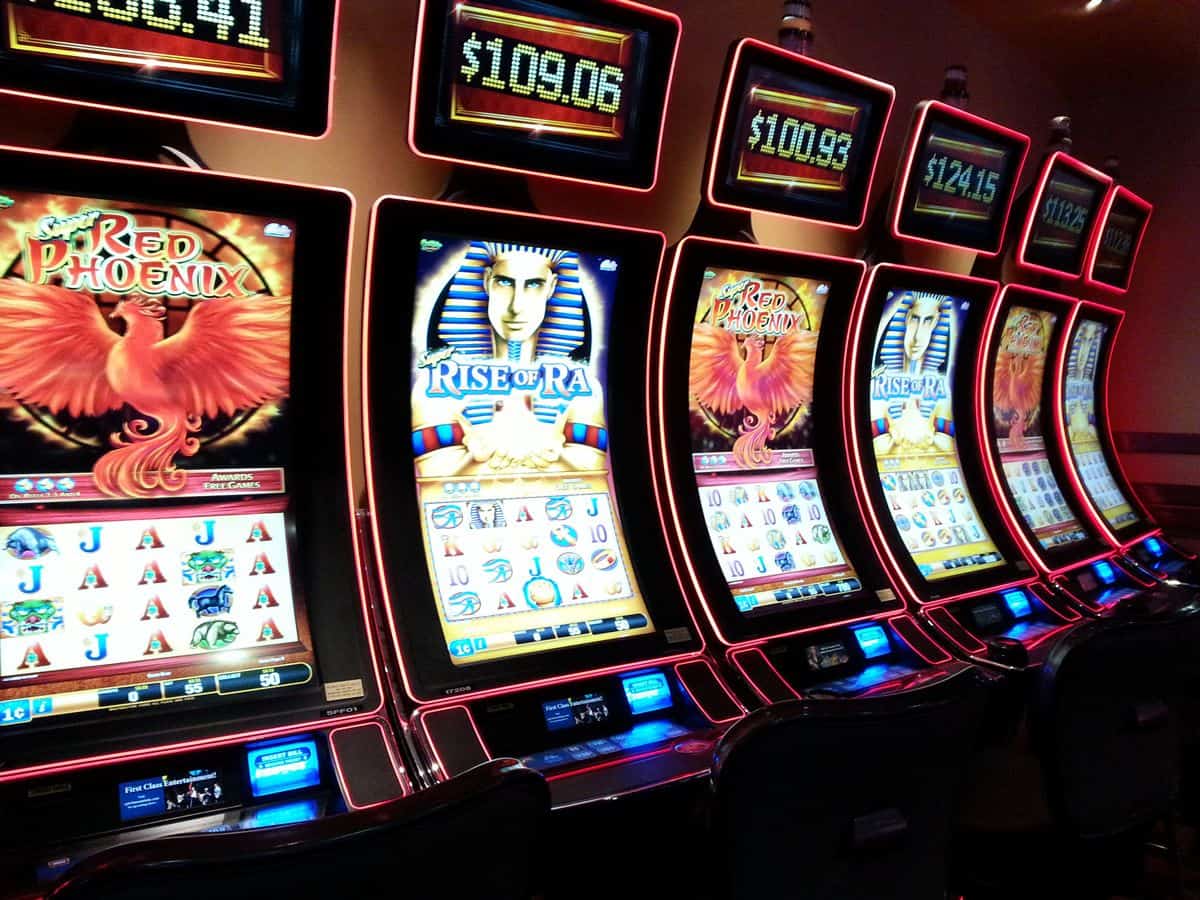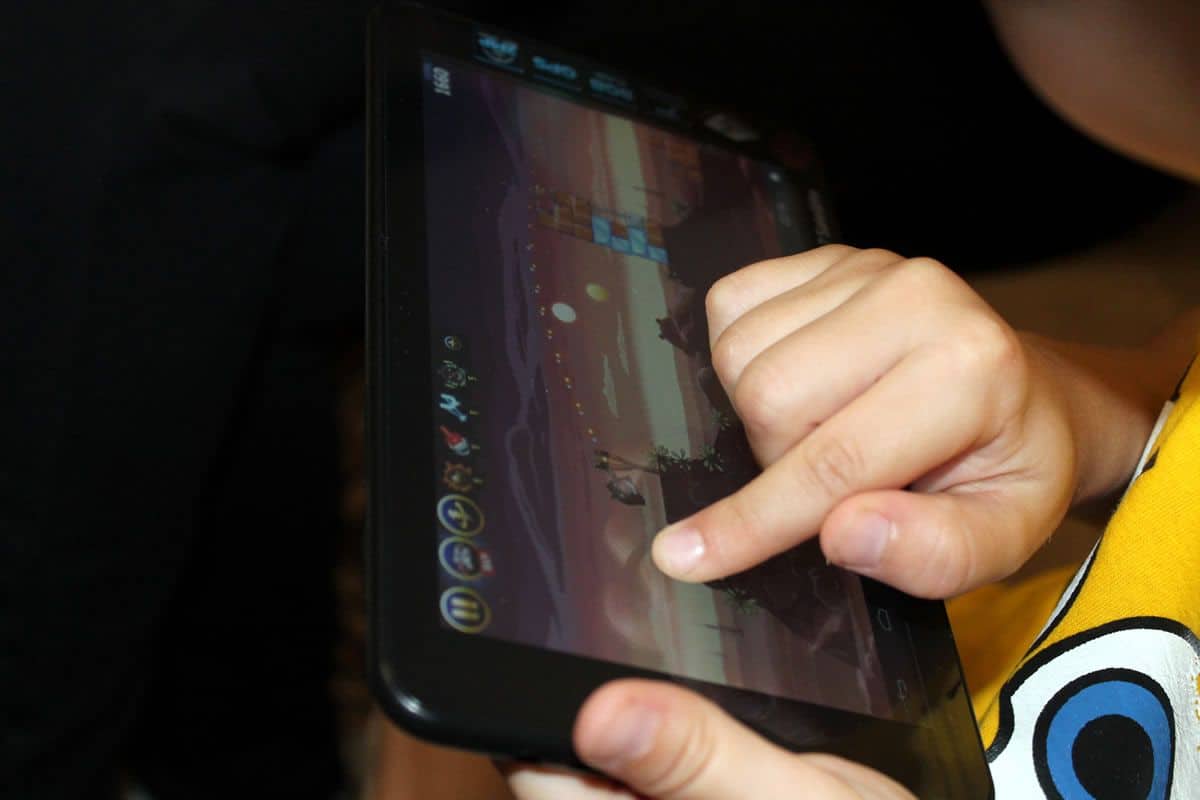We all know somebody who logs hours they should otherwise be spending doing laundry, catching up on paperwork or sleeping on Candy Crush, or even Hearthstone. How can you make sure your mobile game is that riveting? The answer is part mobile UI design, part psychology.
As mobile app development geeks, we’re all about probing the depths of the human mind to find what makes people interact with their devices in the way that they do. Whether we’re looking to developmental and educational psychology to help us find the secret sauce to a stellar onboarding experience, or simply looking at mobile user behavior data to learn how to polish off great UI/UX designs, we feel that getting into the brains of users — and in this case, players — is an important part of delivering an experience they want to, well, experience!
And hopefully, they’ll want to come back to that experience over and over again. How can you achieve that within the realm of mobile game development? Before we dive into what makes a gamer’s brain latch on and get hooked, let’s look at how you pull in those gamers in the first place.
How to Design a Mobile Game People Want to Play
Before you can honestly start using buzzwords like “addictive gameplay” and “hours of replayability,” you’ll need to make sure that your game is, well, good. Walk before you run! A fantastic game with a rich story arc, riveting writing, intuitive controls and challenging, but not Sisyphean gameplay, is a necessary condition of addictive mobile game development, even if it isn’t sufficient. To put it succinctly: if your game sucks, nobody’s going to get hooked. If your game is fun as all get-out, you’re ready to implement the best practices that make already great games impossible to put down.
Now, if you’re the kind of gamer who immediately balks at that last paragraph and responds, “Wait, you’re trying to say that Candy Crush and Farmville are great games?”, we have one word for you: “yes.” While hardcore gamers may not be impressed by any game whose learning curve is set anywhere south of Dark Souls (or even Battletoads), or that doesn’t create lush worlds and histories like Skyrim or Warcraft, mobile game development is often at its best when it avoids being too hardcore. That isn’t to say that there aren’t plenty of proud dungeon masters out there trying to best their own high scores in Fruit Ninja.
What makes a mobile game great isn’t necessarily that the game is fine art, or that it fundamentally changes the way we interact with technology, or even that it leaves a strong impression on the player — the kind of game, for example, like Papers, Please, which stays with you long after you complete the final challenge.
What makes a great mobile game is that it can make your queuing experience at the most crowded local cafe seem too short, or that it can transform a subway commute into playtime you look forward to each morning. While those are subjective measures, there are a few qualities we think separate great mobile games from the rest.
3 Pillars of Mobile Game Development Excellence
While there are probably as many rubrics to measure mobile games by as there are mobile game users, here are our top three suggestions for how to design a mobile game that will provide a magical experience:
1. Make it look and feel great from the first splash screen.
A great concept and beautiful storytelling aren’t enough when it comes to truly successful mobile game development. Back in the day, text-based adventure games like the Zork trilogy captivated imaginations, but today’s mobile users expect much more than that. You need to bring your A game when it comes to visual design — and it doesn’t hurt to have killer sound effects and music, too, in case your players are equipped with headphones.
One of our favorite recent examples of great-looking mobile gaming is Swing Copters 2, from the creator of the excruciatingly difficult, but ever-so-addictive Flappy Bird. Lovers of Flappy Bird will recognize the retro gaming aesthetic immediately, but Swing Copters also makes itself stand out with adorable, big-eyed sprites, bright color schemes and keen attention to every facet of the UI.
2. Make sure the onboarding experience is absolutely perfect.
It’s often said that “perfect is the enemy of the good,” but if there were ever an exception to that rule, it’s mobile game onboarding. Your onboarding experience needs to be Beyonce-woke-up-like-this levels of flawless.
With any mobile app, the first impression is the lasting — or last — impression. When a user downloads your app, the onboarding experience plays a big role in whether they stick around for everything your game has to offer, or whether it goes straight to the digital recycling bin.
Let’s Be Clear: You’re Neither Evernote Nor Gmail
Now remember why mobile games are unique in the world of mobile app development. Users aren’t downloading your game because it serves an important utility in their professional or everyday lives. Apps that entail work communication, document management or other important functions have a bit more room to get away with awkward onboarding experiences, because the benefit is worth the initial, frustrating learning curve.
However, mobile games are downloaded, for the most part, solely as amusement. They’re a way of killing time, but not of wasting it, and if the player isn’t sold in the first few minutes of use (or is otherwise hopelessly confused as to how to use the thing), your app will be closer to “raw brussel sprouts” than to “candy” on the spectrum of scrumptious addictions.
Put yourself in the player’s position: if you knew nothing about the game you just downloaded, what would you need to know to get started? Remember not to overwhelm the user with features and functionalities just yet. Rather, start them with exactly what they need to dive into gameplay and gather some confidence.
Mobile App Onboarding: Keeping It Simple With Peggle
Peggle is the perfect game for busy people who feel like taking a break from thinking too much. Why is the beaver so obsessed with rock and roll, and why is he hanging out with a literal unicorn, an alien and an anthropomorphic flower? Just don’t think about it too much, and you’ll quickly become addicted to clearing colorful boards with pinballs (and hearing the triumphant strains of Beethoven’s 9th when you succeed).
Fittingly, Peggle doesn’t force you to think too much when you first download and start learning the game. The tutorial guides you through gameplay quickly and succinctly, and then throws you into the action with a very basic action: shoot a ball at a peg. The onboarding experience continues as you go through each level, adding more types of bonuses and multipliers, and gradually scaling up the difficulty so that the level of challenge is always perfect for the level of proficiency.
That’s what you want to aim for in your initial walkthrough. As we’ve written before in 7 Apps That Excel at User Onboarding — and What They Do Right, great game tutorials can serve as a great template for other types of mobile app onboarding experiences, because they’re so focused on the target user behavior and getting the player into the action as soon as possible, while gradually “leveling them up” (see what we did there?) to new features as they’re ready.
3. Keep testing, keep iterating.
There’s only one way to get to aforementioned Beyonce levels of flawless: plenty of testing and quality assurance, and then iterating your mobile game until it’s nothing short of delightful. Remember that E.T. the Extra-Terrestrial, the biggest flop in gaming history, failed in great part because it was rushed to market — so don’t skimp on testing and QA. Instead, make the most of the process by getting player feedback on an interactive digital prototype of your mobile game before you even start coding.
With a tool like Proto.io, you can create a realistic, playable prototype of your game and easily gather feedback for an unlimited number of testers. Click here to see how a mobile game might look in Proto.io (you can even preview the game in your mobile device of choice) and to play a simple level — all inside the prototype.
This gives you plenty of options of testing early on in your mobile game development process, from choosing between color and sound schemes to refining your user onboarding process.
Can Mobile Games Really Be Addictive?
It seems like every time you talk about actual addiction (not just “addictive gameplay,” which every mobile app developer and her uncle claims to be a facet of the final product), there’s someone waiting in the wings to split hairs about what constitutes a real “addiction.”
Some people only believe in the power of chemical addiction — and given that I’m on my third cup of delicious caffeinated coffee writing this, I too know the power of chemical addiction — while insisting that more “behavioral” addictions, like Internet addiction and yes, mobile gaming addiction, are somehow less legitimate, or at least distinct.
It’s All About the Reward
But while behavioral might not get the boost that chemicals like nicotine or caffeine throw into the mix (but we can’t blame you if you’ve occasionally pounded a few Red Bulls to stay up for a new World of Warcraft expansion), one need look no further than a casino advertisement to see how real behavioral addictions can be. Next time you notice a casino billboard, mailer, banner image or other advertising collateral, look at the bottom. You should see a line that says “Gambling problem? Call 1-800-GAMBLER.”
Just like tobacco and alcohol products come with obligatory health warnings from the Surgeon General, gambling ads are often legally compelled to include the addiction disclaimer, alongside the gambling addiction hotline. That’s because gambling addiction is a very real problem, even without a real “drug” to abuse.
Whether you’re pulling a lever to line up matching symbols or lining up four of the same gemstone in a row for a powerful multiplier, gaming is all about performing a specific action in order to receive a reward. Your brain releases dopamine, a feel-good chemical also implicated in falling in love, when you earn that achievement. And if gambling can be addictive, it follows that other behaviors that lead to the brain’s “reward” response could also potentially be addictive, like breeding digital frogs on your iPhone.
Designing a Mobile Game That’s Responsibly Addictive
While we’ll go out on a limb and assume you’re just a mobile game development firm who wants to delight players, not a nefarious organization hellbent on using addicted gamers to carry out your dastardly schemes (and if that is your goal, Sword Art Online is available on Netflix and Hulu), gaming addiction can have some pretty scary consequences. Take, for example, the tragedy of the 32-year-old man who was found dead from cardiac arrest in a Taiwanese Internet cafe after a three-day marathon gaming binge.
While there are sadly a few more like it, that’s a pretty extreme example. Most of the damage done by addictive gameplay is more benign: a Facebook inbox full of game requests from distant relatives you never even talk to, lost productivity at work and maybe a few infuriating conversations with lunch dates who can never seem to put their phone down.
And let’s face it: the prospect of designing a game like Angry Birds, whose challenging gameplay made it explode in popularity a few years ago, or even Neko Atsume: Kitty Collector, a game with an approximate difficulty of “less than zero” but which keeps players coming back for more and more adorable cartoon cats, is basically any mobile app development team’s dream.
So while the likes of Cracked.com may see addictive mobile app development strategies as being at least creepy, if not the downfall of gaming and, perhaps, civilized society itself (okay, we might have exaggerated a touch there!), we can all agree that there exists a pretty wide swath of turf between “checking in on an application a few times daily” and “so glued to the screen you literally die of a heart attack.”
After all, tapping into the brain’s reward system isn’t just great for mobile game development companies, or even gamers. Those little achievements we get so hooked on in gaming can be used to make life more fun in other areas: for example, gamified achievements on productivity apps like Toggl, or in exercise and lifestyle apps like FitBit. As with The Force, there’s a light and a dark side, so we encourage you to use your game development skills for good, not evil.
Addictive Mobile Games Begin With Killer Prototypes
Have a great idea for the next Angry Birds, but don’t know where to start? Whether you’re a designer, developer, storyteller or just an entrepreneur with plenty of pluck, Proto.io can be the bridge from your brilliant concept to actual mobile game development reality. Within minutes, you can create a living, breathing prototype of your addictive game by using Proto.io’s easy-to-use drag-and-drop interface and UI libraries. To get started, sign up for a free 15-day trial of Proto.io today!










